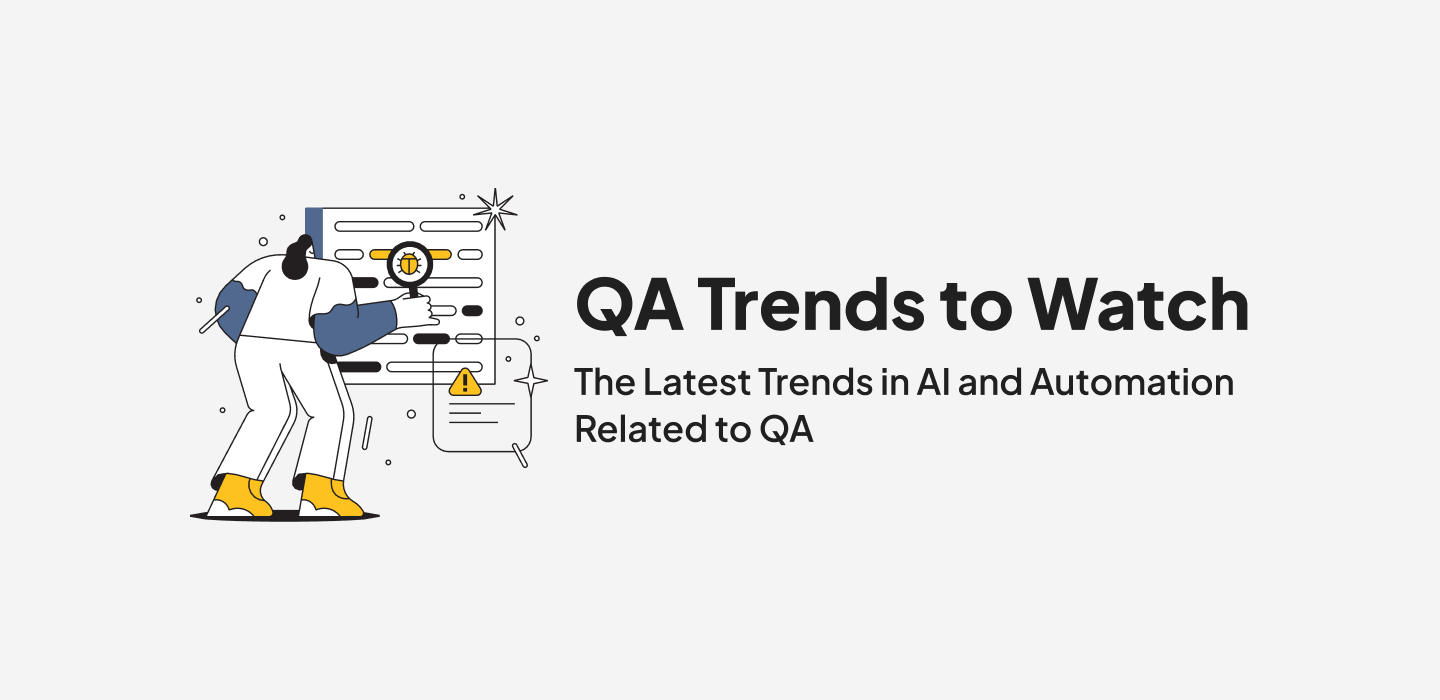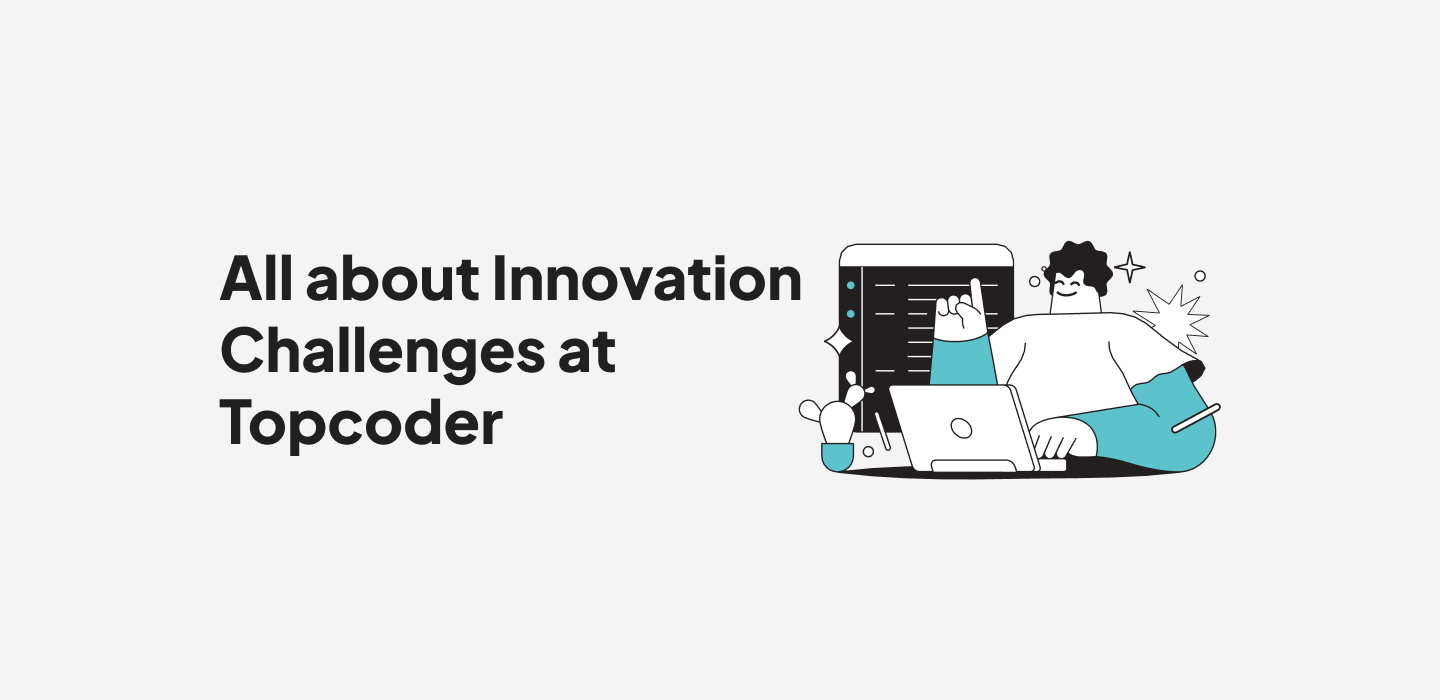October 1, 2020 Post-COVID Talent Trends and Why Acting Like Big Brother Is a Bad Idea with Dave Messinger
In our Uprisor podcast series we’ve had guests on from Wellmark, Swisscom, and Adobe. Today we’re bringing it a little closer to home— Dave Messinger, CTO of Topcoder, joins VP Clinton Bonner to take a deep dive into Gartner’s recent article— “9 Future of Work Trends post COVID-19.”
We agree with most of what Gartner puts forth, but one item on their list jumped out as antithetical to the others. Clinton and Dave discuss what rings true and what doesn’t sit right, and explore alternatives to what Gartner is positioning. Enjoy their conversation.
No. 1: Increase in remote working
Remote work was accelerating before the pandemic hit, and we’ve been working remote at Topcoder for years. The idea that you can be as focused and productive working from home, without sacrificing company culture, is new to many, and this suddenly remote workforce will have a lasting impact on how we define work going forward.
No. 3: Contingent worker expansion
Gartner is predicting the contingent workforce is going to grow by about a third (~32%) in response to the pandemic. We’re all about on-demand labor, but our approach is different than what Gartner posits. They say enterprises are using contingent workers as a replacement for FTEs, and this is something we don’t particularly champion. We’re more about blended workforces and taking your FTEs and weaving in freelance to make it more powerful.
No. 4: Expanded employer role as social safety net
This one could be seen as at odds with gig work and the gig economy, but we would push back that it doesn’t take an employer/employee relationship to care for people you work with. When the pandemic hit, Topcoder sped up pay cycles for the community. We’ve also been checking in with members around the globe, from Australia to Ukraine to the Philippines, to see how they’re coping amidst COVID-19. We still care for each other, even if we work non- traditionally.
Now let’s talk about Number 2 on Gartner’s list…
No. 2: Expanded data collection
Gartner analysis shows that 16% of employers are using technologies more frequently to monitor their employees through methods such as virtual clocking in and out, tracking work computer usage, and monitoring employee emails or internal communications/chat.
Gartner
Dave, your thoughts?
That just kind of sends the heebie-jeebies down my back
Go on…
Just because an employee’s at home, does that mean that you trust that person significantly less? If we were all in the office, would you recommend putting all these types of monitoring tools and overlook the employee that way? And I think the answer is no.
Preach.
To me, trust just drives so much in transparency and collaboration. And when you have to put those tools, you’re just going to set up a us versus them mentality between your employees or your non-traditional employees and the company.
Monitoring your employees feels more like a digitally indentured servitude than it does like a true partnership between the employee and the employer. And I think that just comes down to again, trust.
Allowing people the space to do things and not have big brother watching over their shoulders, is going to make people more productive.
We strongly believe that the Future of Work is on-demand and rooted in trust.
Thanks to Dave Messinger for taking the time to offer his insights on Gartner’s predictions. For more Future of Work conversations with enterprise leaders, subscribe to Uprisor.
Annika Nagy



